TU Wien at Analytica 2020
TU Wien at Analytica 2020
Purency:
We make microplastics visible!
They are so small that you cannot see them with your naked eyes: microplastics. At sizes below 100 µm, our knowledge of plastic particles decreases rapidly and we are moving into a realm of speculation because the appropriate analytical methods are not yet in place. Above all, there is a lack of solutions for the data analysis of microplastics measurements.
Purency (formerly: ScienceLama) is a young company that emerged from the TU Wien. The Microplastics Finder by Purency is a software that uses machine learning algorithms to automate the data analysis of microplastics measurements. It offers several key advantages over conventional manual and database-based methods of data analysis:
- automatically identifies type, quantity and size of the polymer particles
- classifies among more than 20 polymers
- clear results in about 10 minutes – on conventional office PCs!
- robust analysis down to a size of 10 µm (with FTIR-Imaging) – correct detection of the particle sizes is dependent on the resolution of the measurement device in use
- highest quality: no need for time-consuming manual post-processing by experts; bias introduced by manual assessments is eliminated
- reproducible: repetition of analyses leads to the same results
- clear presentation of results: comprehensive table containing all particles and their properties; polymer types are differentiated by colour; clear and easily comparable summary in a few rows
- wide versatility: robust analysis results for a wide range of matrices, including very polluted environmental samples such as sewage sludge
- increased time savings: time spent on data analysis reduced from hours or days to approximately ten minutes
- high cost savings: automatic analysis without time-consuming post-processing; experts can focus on other tasks; increased sample throughput
Degree of Innovation
- first practical solution for automatic data analysis of microplastics measurements
- first tool that allows a comprehensible, comparable and, especially, complete analysis of an entire sample – not just single areas of the sample
- trade show novelty
Application
- Analysis of water, beverage and food samples
- Environmental samples: fresh and salt water, sediment, soil, sewage sludge
- Risk assessment, quality control, environmental monitoring
Target Groups
- laboratories that already analyse microplastics or intend to do so in the future
- spectrometer manufacturers
- food and beverage industry
- environmental institutions
Flyerdownload
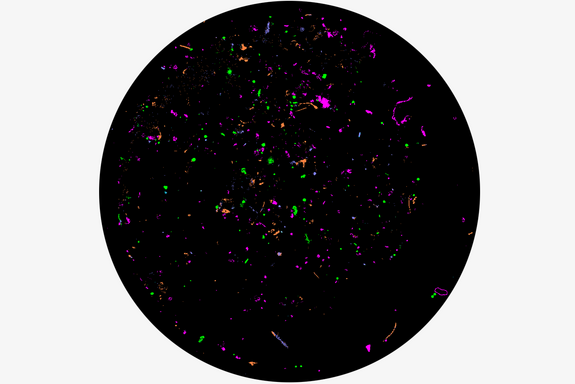
Mictroplastics are so small that they can hardly be seen with the naked eye - the Microplastics Finder revolutionises data analysis of microplastics measurements
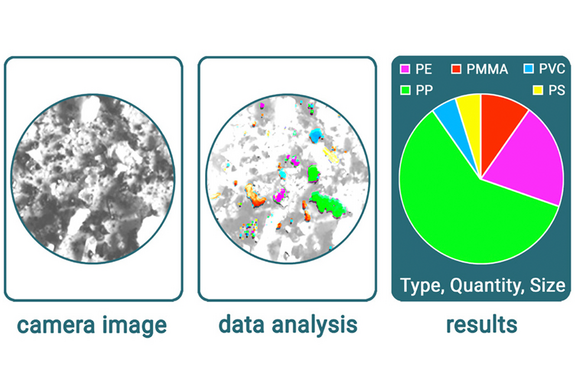
Using machine learning algorithms, sample images are analysed fully automatically and more than 20 polymer types are recognised
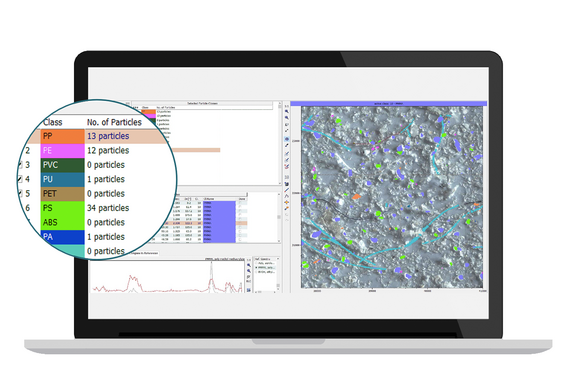
Clear summary of the results and a complete listing of all particles - colour-coded according to polymer type
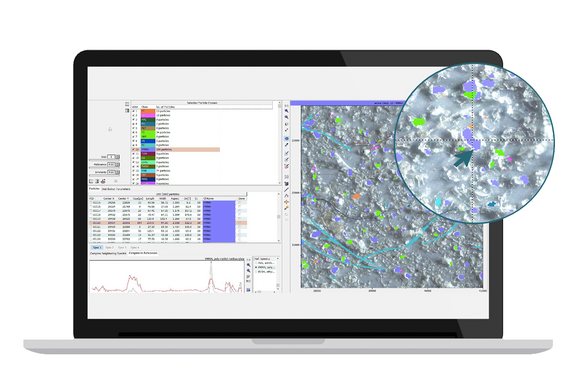
Transparency - colour coding of the particles in the microscope camera image enables direct allocation to the results table and quick comparisons

Verifiable in detail: result for each pixel comparable with reference spectra or spectra of neighbouring pixels
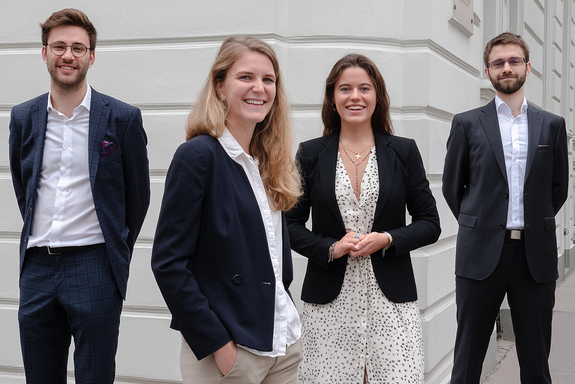
Purency: Michael Stibi, Valerie Hengl, Aurelia Liechtenstein, Benedikt Hufnagl (left to right)
FlowMe – Software for MRD determination for leukemia
After cancellation of the live trade show Analytica (31.3.-3.4.2020) no longer given priority for the time being – but application of the know-how possible
n leukemia (ALL/CLL), the measurement of bone marrow cells is used to determine the minimal residual disease (MRD). Flow cytometry is used to quickly measure millions of individual cells. FlowMe is a Clinical Decision Support System that uses machine learning to automatically analyse the cells and identify cancer cells.
FlowMe offers for diagnostic laboratories and for hospitals:
- free software license for visualisation
- automatic annotation available as a service
- efficiency increase of up to 500%
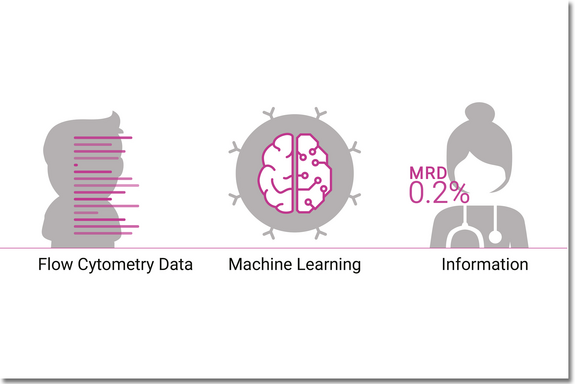
FlowMe – Flow Cytometry Data, Machine Learning, Information
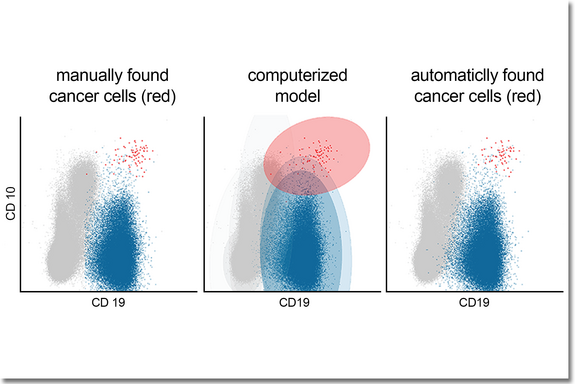
FlowMe – cancer cells
Target groups – Applications – Advantages
- diagnostic laboratories and hospitals
- free software license for visualization
- automatic annotation can be purchased as a service
- efficiency increase of up to 500%
Contact
Dr. Florian Kleber and Peter Heimerl
Information
For further information about TU Wien at Analytica 2020:
Dipl.-Ing. Peter Heimerl
TU Wien – Head of Research Marketing
Favoritenstr. 16/ DG/ E085-04, 1040 Vienna, Austria
M: +43 664 605883320
T: +43 1 58801 406110
ReMa@tuwien.ac.at